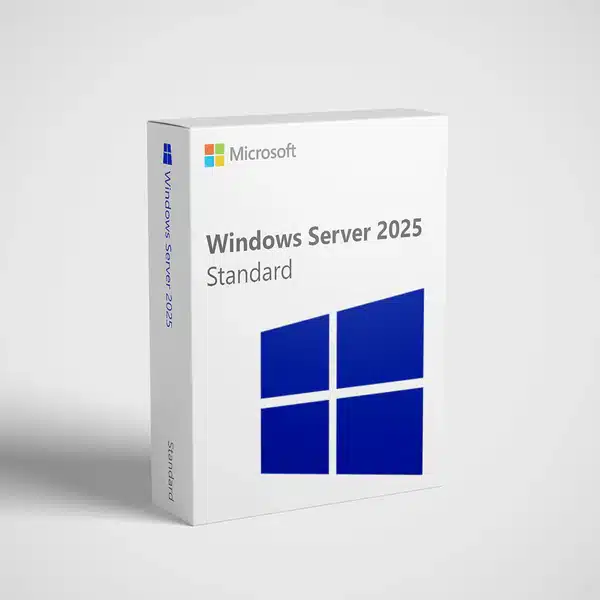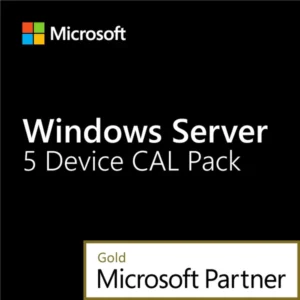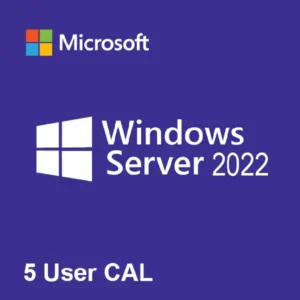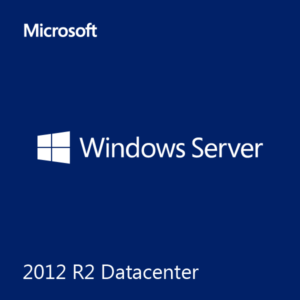Microsoft Windows Server 2025 Standard – 16 Core License
Original price was: $1,649.99.$229.99Current price is: $229.99.
- Supports 1 Admin User / 1 Server
- Digital Delivery / 30 Minutes Estimated Delivery Time
- OEM/OEI Licensing
- 1 Server Installation
- Licensed for Home and Commercial Use
- 16 Core License
Microsoft Windows Server 2025 Standard – 16 Core License
Windows Server 2025 Standard is gearing up to be a significant update with a focus on hybrid, adaptive cloud environments, reflecting Microsoft’s commitment to innovation based on user feedback. The introduction of this version was officially announced by Microsoft, aiming to cater to the evolving needs of modern businesses with enhanced security, performance improvements, and new features.
Windows Server 2025 Standard promises to be a robust platform that addresses the needs of modern enterprises with an emphasis on security, performance, and flexibility. Its comprehensive feature set is designed to support the evolving IT landscape, making it a compelling update for organizations looking to upgrade their server infrastructure. As we await more details on its general availability, it’s clear that Windows Server 2025 will play a pivotal role in shaping the future of enterprise IT environments.
Key features :
-
Hybrid: Adapt quickly across hybrid, cloud and edge. Easier to connect to Azure Arc to bridge on-premises and cloud-based servers. Deliver Azure capabilities to your on-premises servers.
-
Security: Hardware and software-level security to deter cyberattacks; next-generation Active Directory that improves security and scalability. Enable a tailored security baseline and configure drift protection from the start.
-
Modern, future-ready platform: Windows Server 2025 is now easier to upgrade and scale, with better-than-ever app compatibility. Windows Server 2025 desktop brings consistent client and server UI experience, plus conveniences like WiFi and Bluetooth.
-
Performance: Faster and easier networking and storage; live hotpatching for reduced downtime; GPU partitioning for inferencing at the edge. Improvements in flash-based storage make Windows Server an even better platform for SQL Server.
-
Active Directory Domain Services: The latest enhancements to Active Directory Domain Services (AD DS) and Active Directory Lightweight Domain Services (AD LDS) introduce a range of new functionalities and capabilities aimed at optimising your domain management experience.
-
Desktop shell: When you sign in for the first time, the desktop shell experience conforms to the style and appearance of Windows 11.
-
Delegated Managed Service Account: This new type of account enables migration from a service account to a delegated Managed Service Account (dMSA). This account type comes with managed and fully randomized keys ensuring minimal application changes while disabling the original service account passwords.
-
DTrace: Windows Server 2025 comes equipped with dtrace as a native tool. DTrace is a command-line utility that enables users to monitor and troubleshoot their system’s performance in real-time. DTrace allows users to dynamically instrument both the kernel and user-space code without any need to modify the code itself. This versatile tool supports a range of data collection and analysis techniques, such as aggregations, histograms, and tracing of user-level events.
System requirements:
To install Windows Server correctly, your computer must meet the minimum hardware requirements outlined in this article.
Unless otherwise specified, these minimum hardware requirements apply to all installation options (Server Core and Server with Desktop Experience) for both Windows Server Standard and Windows Server Datacenter editions.
Minimum CPU:
-
1.4 GHz 64-bit processor
-
Compatible with x64 instruction set
-
Supports NX and DEP
-
Supports CMPXCHG16b, LAHF/SAHF, and PrefetchW
-
Supports Second Level Address Translation (EPT or NPT)
Minimum RAM:
-
512 MB for Server Core
-
2 GB for Server with Desktop Experience
-
ECC (Error Correcting Code) type or similar technology for physical host deployments
Minimum Storage:
-
32 GB of space











